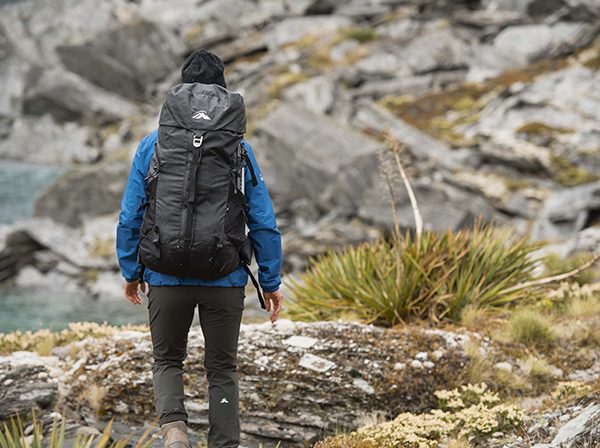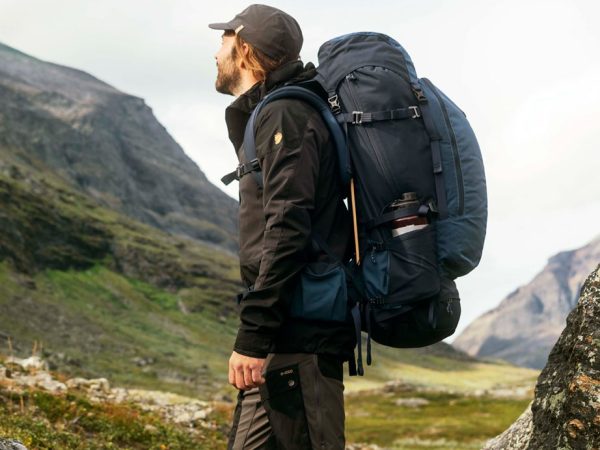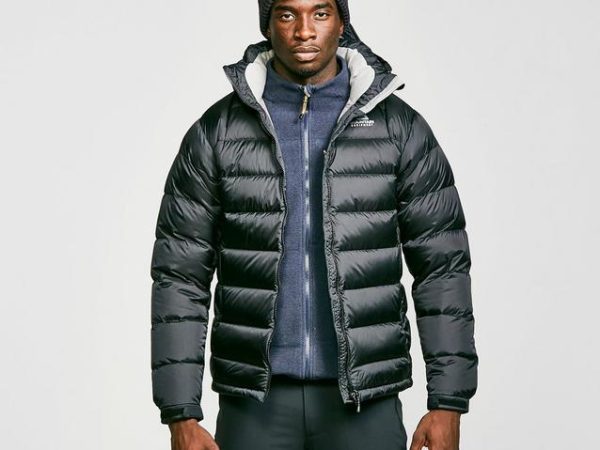Title: Hiking Backpack Essentials: Gear Organization and Must-Have Accessories
Embarking on a hiking adventure requires careful planning and preparation, and having the right gear organized in your backpack can make all the difference. From essential items to must-have accessories, here’s a guide to organizing your hiking backpack and ensuring you have everything you need for a successful outing:
**1. Gear Organization:**
**a. Main Compartment:**
– Shelter: Tent or hammock, sleeping bag, and sleeping pad.
– Clothing: Layered clothing appropriate for the weather conditions, including moisture-wicking base layers, insulating mid-layers, and waterproof outer layers.
– Food and Water: Pack lightweight, high-energy snacks, and meals, as well as a hydration system or water bottles to stay hydrated on the trail.
– Cooking Supplies: Lightweight stove, fuel, cookware, utensils, and biodegradable soap for meal preparation and cleanup.
– Emergency Supplies: First aid kit, emergency shelter (such as a space blanket), navigation tools (map and compass or GPS), multi-tool or knife, and fire-starting supplies (lighter, matches, or fire starter).
**b. External Pockets and Compartments:**
– Accessibility: Store frequently used items like snacks, water bottles, maps, and sunscreen in easily accessible exterior pockets for convenience on the trail.
– Rain Cover: Keep a waterproof rain cover handy in an exterior compartment to protect your gear during unexpected downpours.
**2. Must-Have Accessories:**
**a. Navigation Tools:**
– Map and Compass: Essential for navigating trails, especially in areas without cell phone reception or GPS signal.
– GPS Device: A handheld GPS device or smartphone with GPS capabilities can provide additional navigation assistance and track your route.
**b. Illumination:**
– Headlamp or Flashlight: Essential for hiking in low-light conditions or after dark. Choose a lightweight, durable headlamp with adjustable brightness settings for hands-free illumination.
**c. Protection from the Elements:**
– Sun Protection: Sunglasses, sunscreen, lip balm with SPF, and a wide-brimmed hat or cap to protect your skin and eyes from harmful UV rays.
– Rain Gear: Pack a lightweight, packable rain jacket and rain pants to stay dry during wet weather.
**d. Comfort and Safety:**
– Trekking Poles: Provide stability and support on uneven terrain, reducing strain on your legs and knees during long hikes.
– Insect Repellent: Keep insects at bay with DEET-based insect repellent or natural alternatives like citronella or lemon eucalyptus oil.
– Emergency Whistle: A loud whistle can be a lifesaver in emergency situations, helping rescuers locate you if you become lost or injured on the trail.
**e. Communication:**
– Cell Phone: Keep your cell phone fully charged and in a waterproof case for emergency communication. Remember that cell phone coverage may be limited in remote areas.
– Two-Way Radio: Consider bringing a two-way radio or satellite communication device for reliable communication in areas without cell service.
**f. Personal Comfort:**
– Personal Hygiene Items: Pack travel-sized toiletries, hand sanitizer, and biodegradable toilet paper for maintaining personal hygiene on the trail.
– Extra Clothing Layers: Bring additional clothing layers like a warm hat, gloves, and a lightweight insulated jacket for added warmth during breaks or in cold weather.
By organizing your hiking backpack with essential gear and must-have accessories, you can ensure a safe, comfortable, and enjoyable hiking experience. Tailor your gear selection to the specific requirements of your trip, considering factors like trail difficulty, weather conditions, and duration of your hike. With proper preparation and organization, you’ll be ready to tackle any adventure that comes your way.


